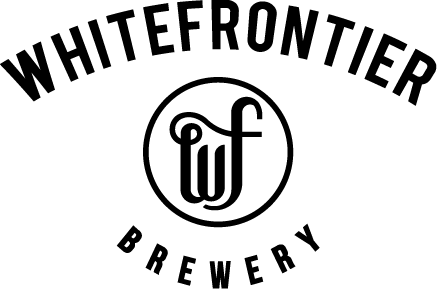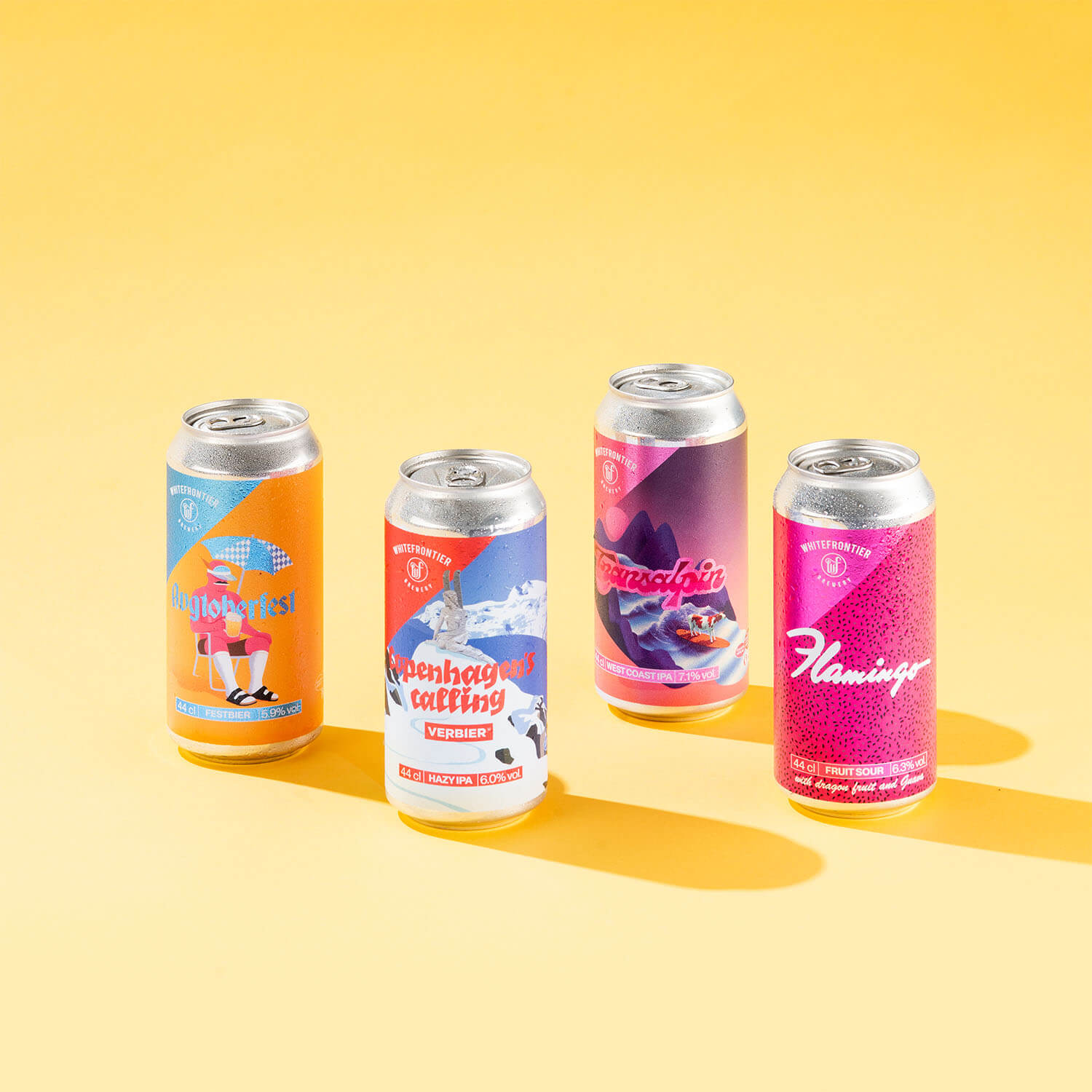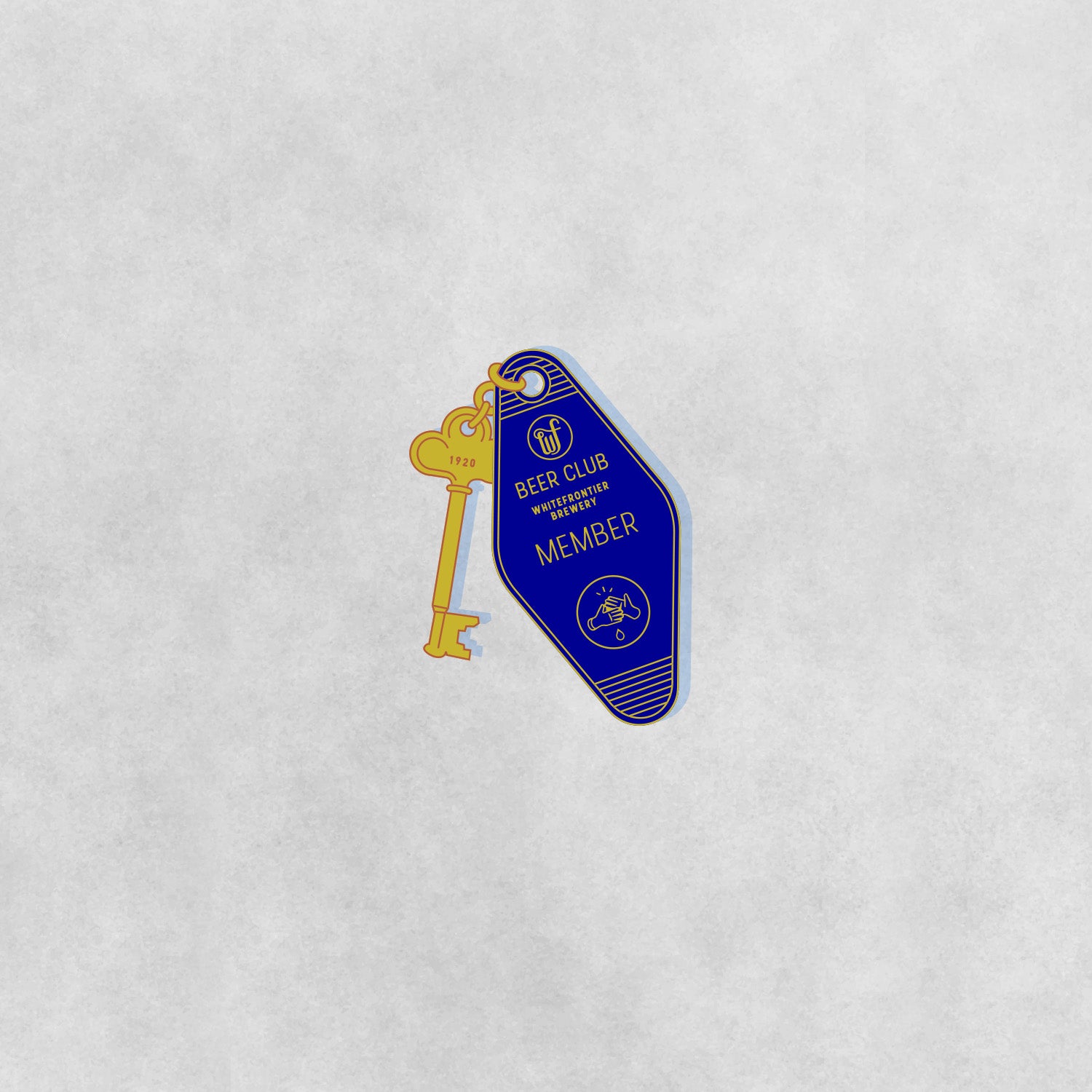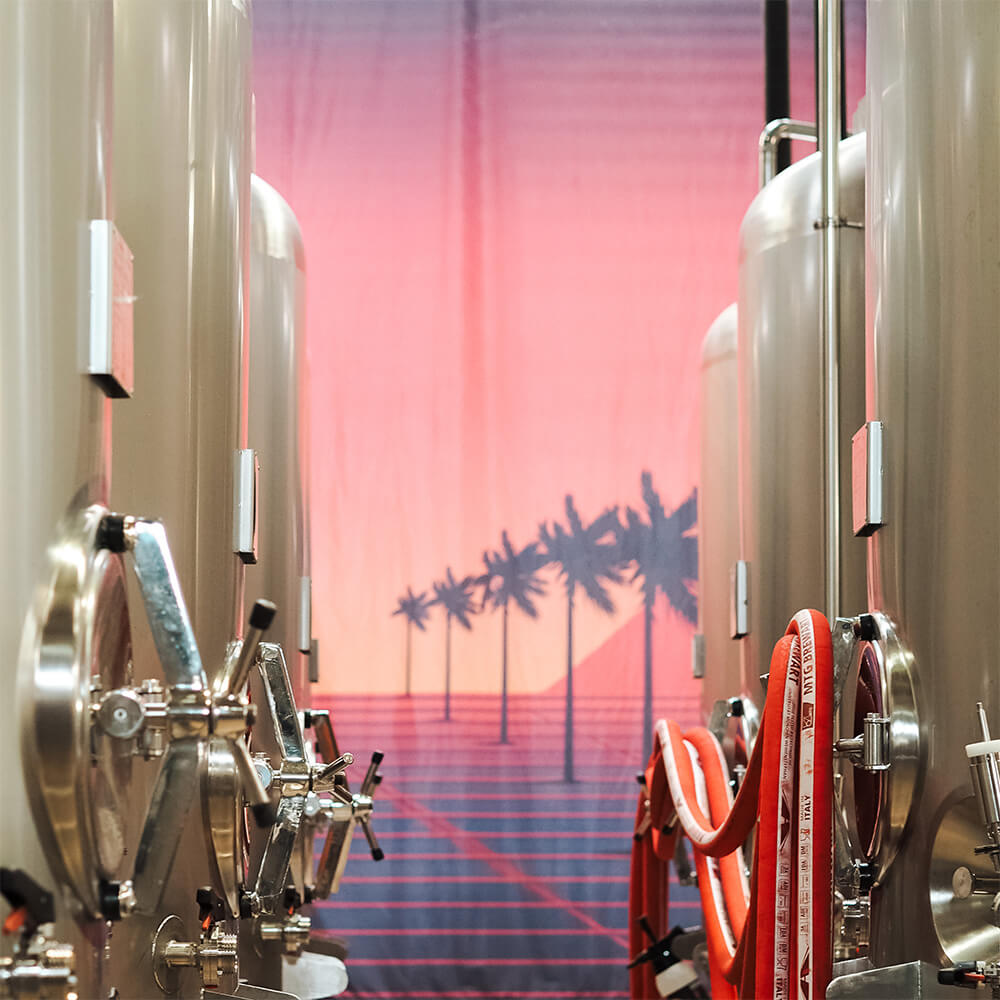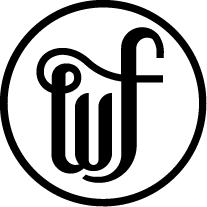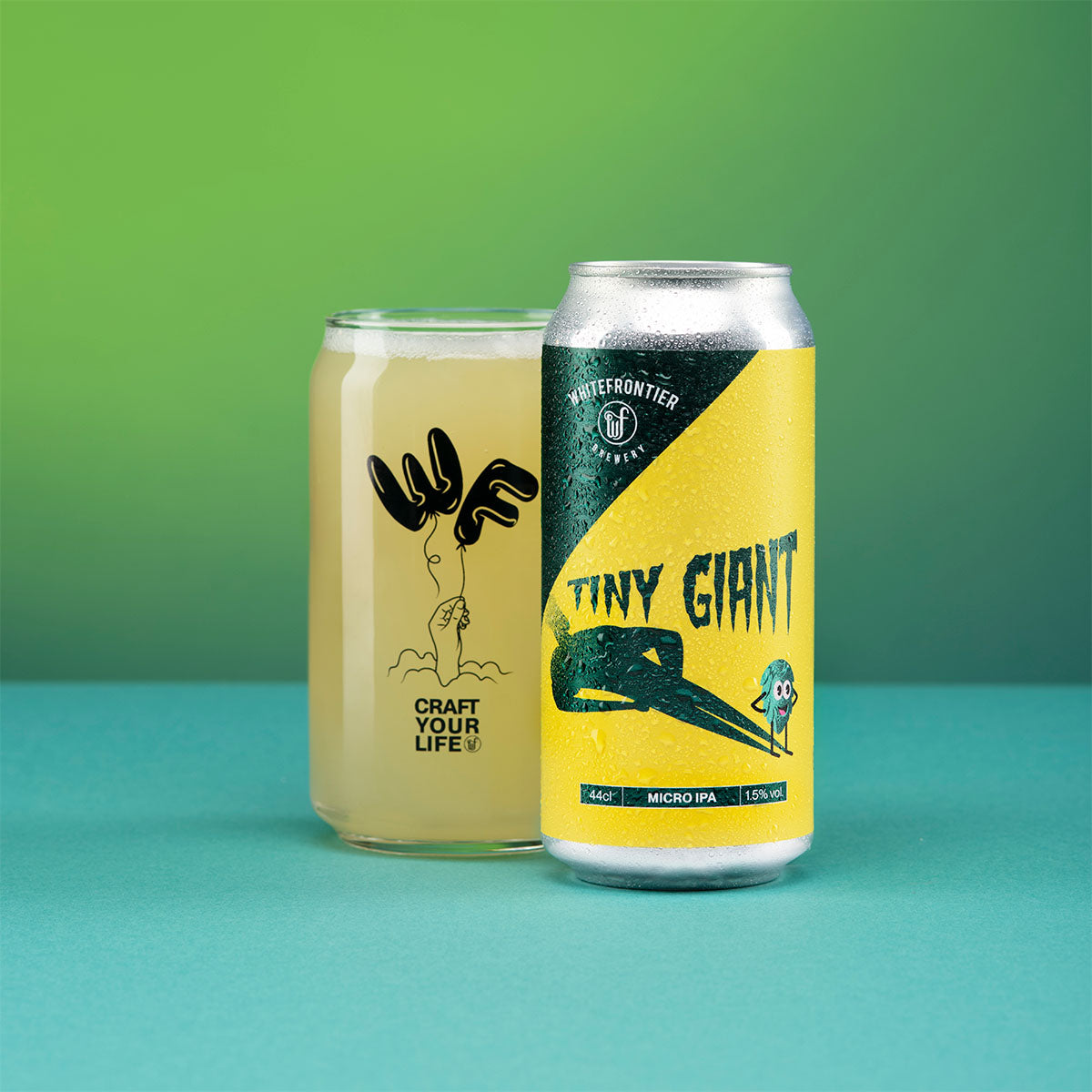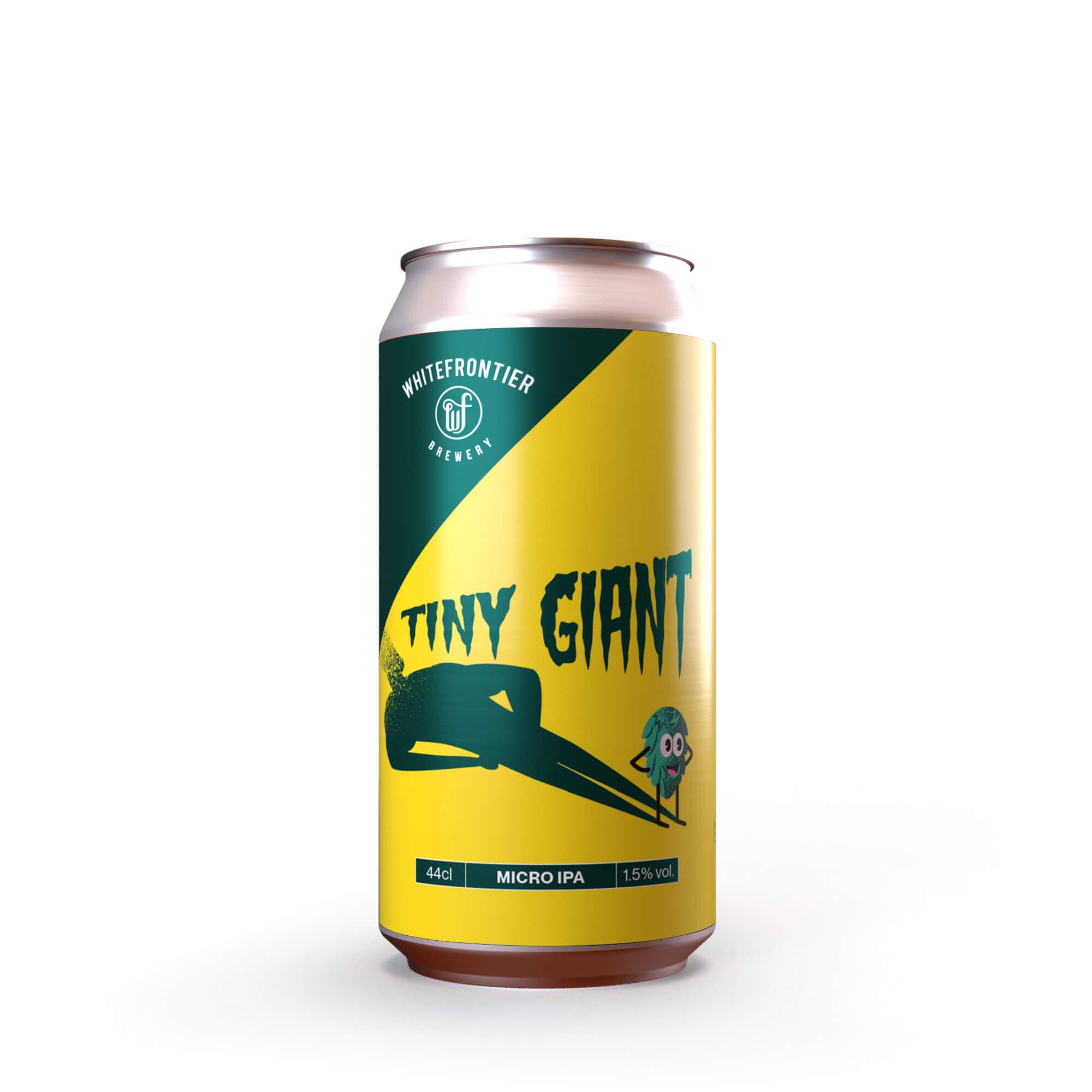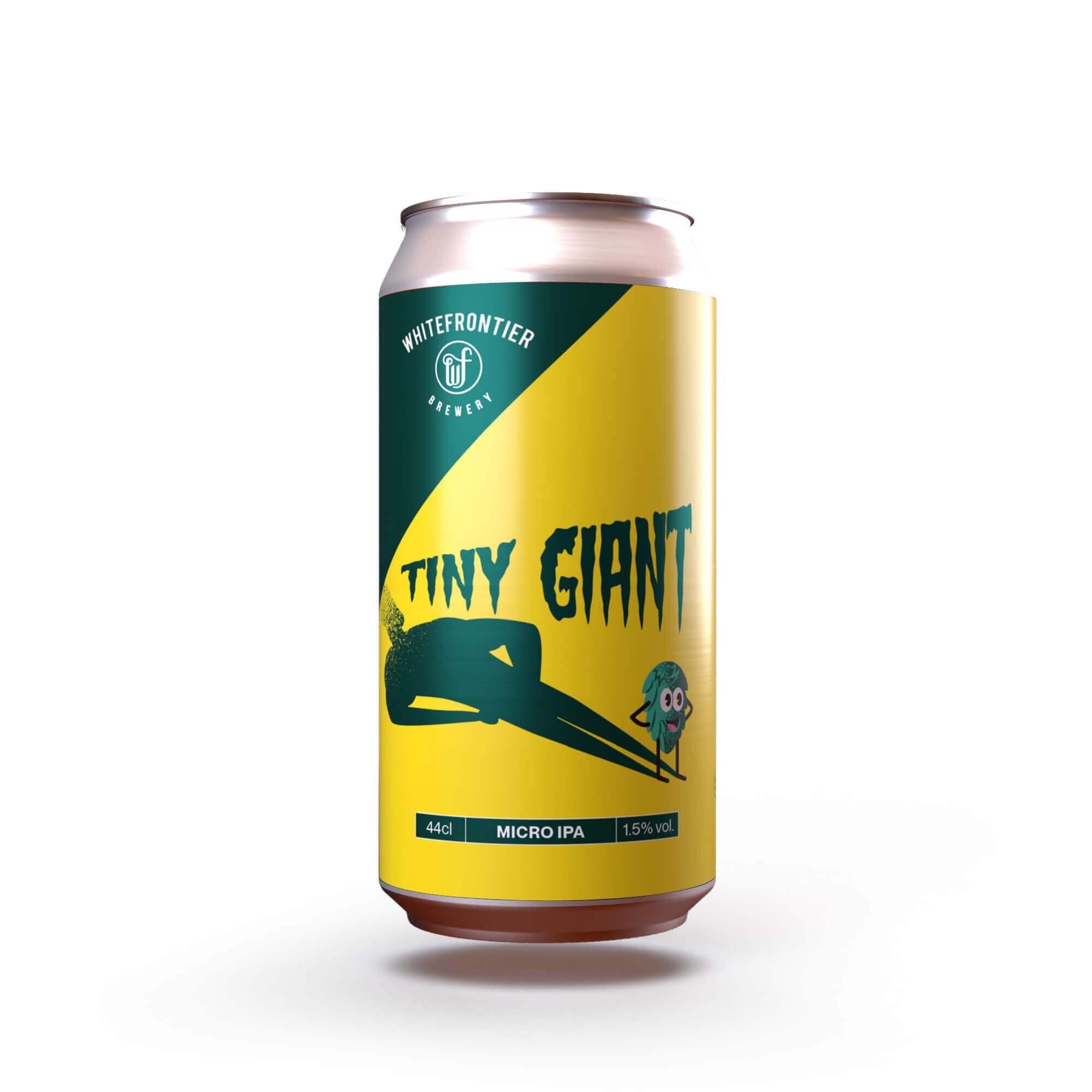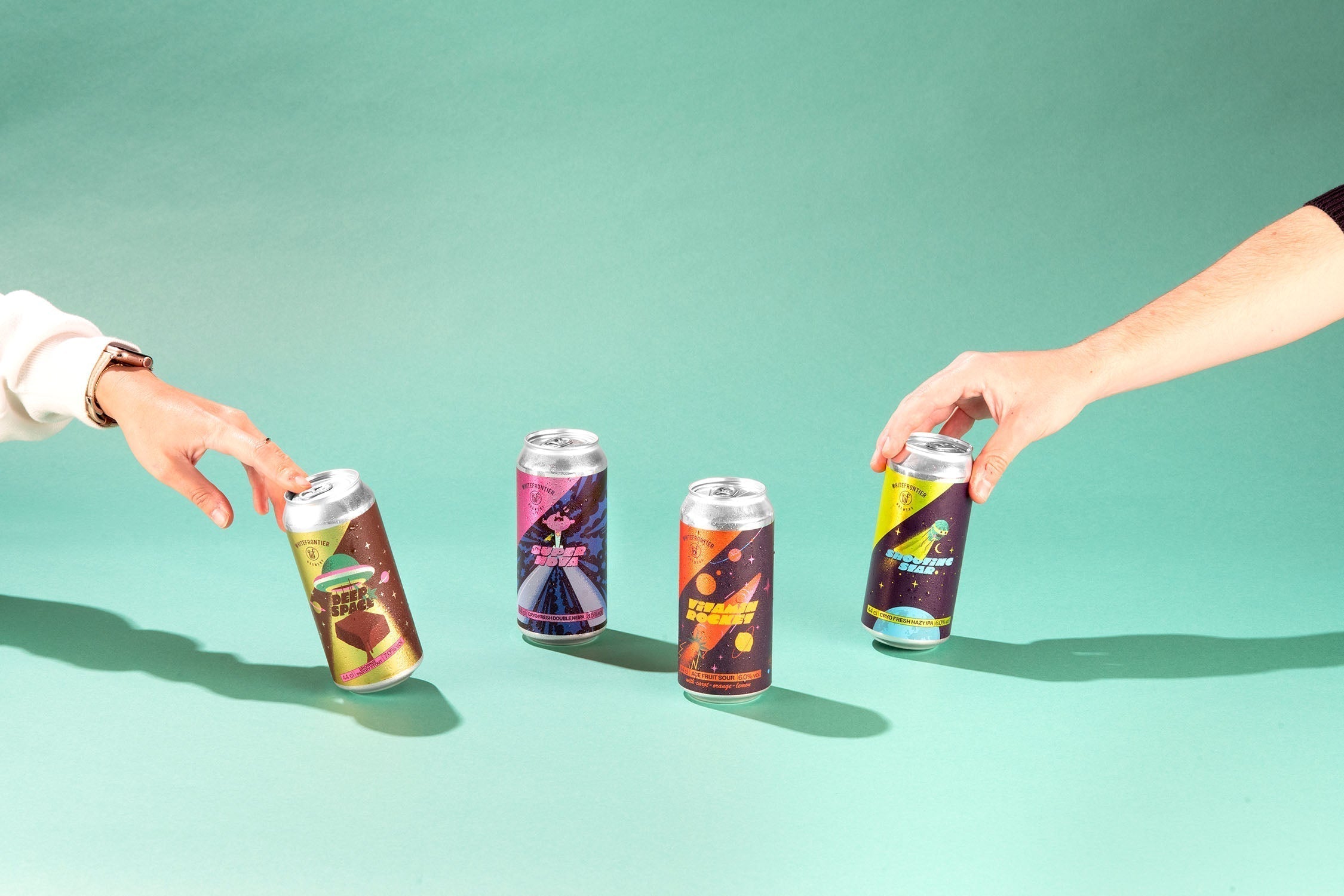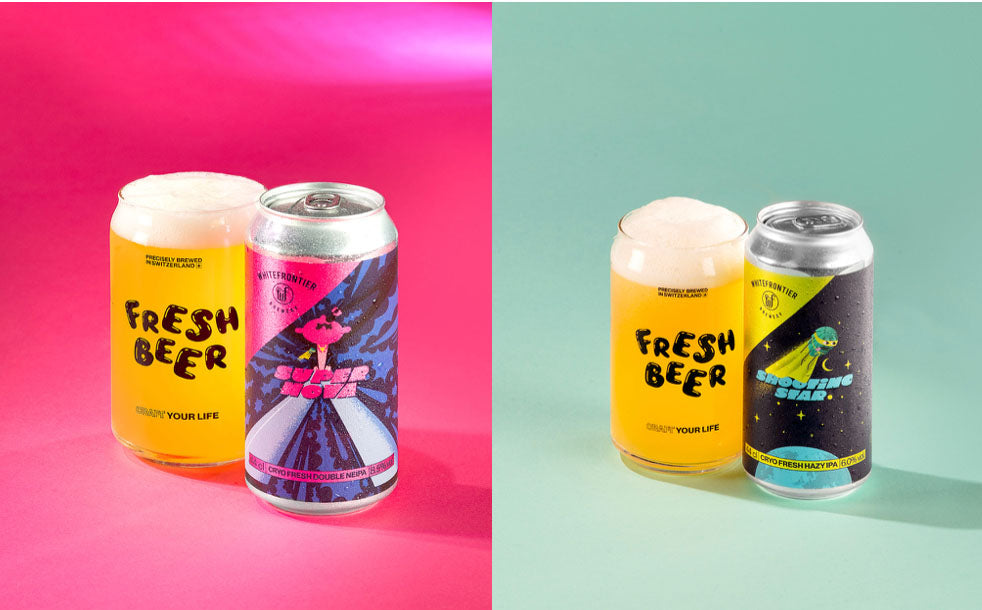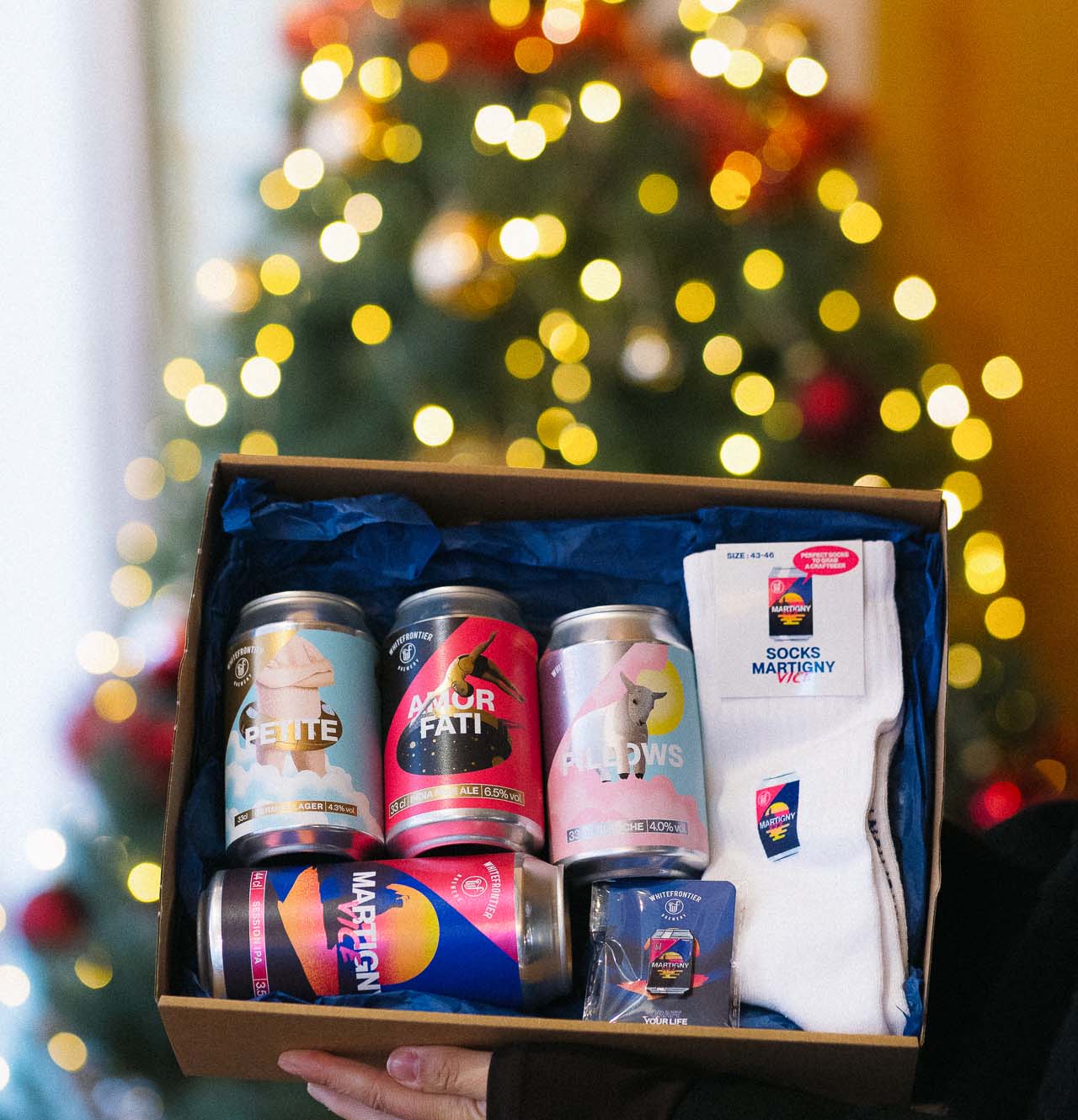Today, in our article of the day, we're going to talk about one of the major trends in the beer market: non-alcoholic beers.
No time to read the article? Listen to it here:
Alcohol consumption in Switzerland in 2023 is on the decline.
If we look at the curve of alcohol consumption by the Swiss since 1992, it's only going down. And habits have changed too, with people drinking less often. There was a time when a glass of alcohol was commonplace, but this is no longer the case.
So we tend to pay more attention to our alcohol consumption, just as we pay more attention to our health, the two being closely linked.
What are the general trends in the beer market?
Many habits have changed in recent years, so here are some of the new trends:
Internet sales and purchasing: breweries are selling on the Internet, either with their own tools or via specialized platforms. Many consumers now buy their beers online. It's a great way to try new beers that you can't find everywhere.
Local: look for a brewer close to home, or at least in Switzerland.
Speciality beers in the spotlight: the proportion of speciality beers compared to lagers is growing all the time.
Low-alcohol or alcohol-free beers: health is now a major concern. Consumers are increasingly turning to low-alcohol or alcohol-free beers. There are also a few small beers on the market that cater for gluten-intolerant or vegan consumers.
How is alcohol-free beer made?
To qualify as a beer, a beverage must meet certain specifications. A beer must contain the 3 main ingredients (water, malt and hops), and must then go through a fermentation stage. And fermentation means alcohol. So how do you make an alcohol-free BEER?
Here's a quick reminder of how beer is made. Water is mixed with crushed malt, often barley, wheat or oats. This mixture is then heated and filtered to obtain a juice called wort. This wort is very sweet. We then add hops and send it to the fermentation tank. Yeast is added or left to ferment in the open air (spontaneous fermentation). Yeast is made up of tiny bacteria that work on and eat the sugar naturally present in the malt, transforming it into alcohol and gas. The result is alcoholic fermentation.
A beer with 0.0% alcohol is very hard to achieve, if not impossible if you want a product with taste and character. That's why the law says that below 1.2% alcohol by volume, you can call your beer alcohol-free, it's tolerated.
Oh yeah, that's a bit misleading, isn't it?
Yes, by the way, you'll have to look it up, but on many alcohol-free beers it says 0.4, 0.5 or 0.6% alcohol by volume.
What are the methods for brewing alcohol-free beer?
There are several methods for making alcohol-free beer:
Prevent fermentation from getting out of control
You remove the alcohol once it's fermented.
With the first method, you can prevent over-fermentation by using less malt for the same amount of water, so you have fewer fermentable sugars. You can also use special malt whose sugars are not fermentable.
You still risk ending up with a product that's either rather bland if you've removed too much malt, or not very well balanced. In any case, if you want an alcohol content really close to 0%. If you're more tolerant and think that 1%, 1.5% alcohol by volume is fine too, then this method is just fine. You can play around with the hops to add flavor.
The second method is to remove the alcohol from your finished product.
You can do this by filtration with a special machine but... it's a very expensive process so few breweries can afford it, only the big ones.
You can also do it by evaporation or vacuum distillation, but again, it's really hard to get close to 0%.
How do you choose your alcohol-free beer?
You're sure to find a beer shop not far from where you live. If you don't know where, don't hesitate to use the Untappd app, which lists them. In Martigny, or in Apothibières, they have an incredible choice.
Below, you'll find my list of the best non-alcoholic beers in Switzerland:
In foreign :
Mikkeler
Tool
Omnipollo
In Switzerland:
Kitchen Brew
La Nébuleuse
Dr Gabs
Why doesn't WhiteFrontier make it?
Well, no, we don't, but we are in the process of developing a method for producing a beer with little or no alcohol, which retains all its taste, because that's where the real difficulty lies.
On the other hand, we have a beer at the moment which is a micro ipa, called TINY GIANT. It's called that because it's giant in taste and tiny in alcohol, at 1.3% alcohol by volume. It's very juicy, hoppy and, above all, thirst-quenching. We double-hopped it cold to convey the fruity aromas of the hops.
